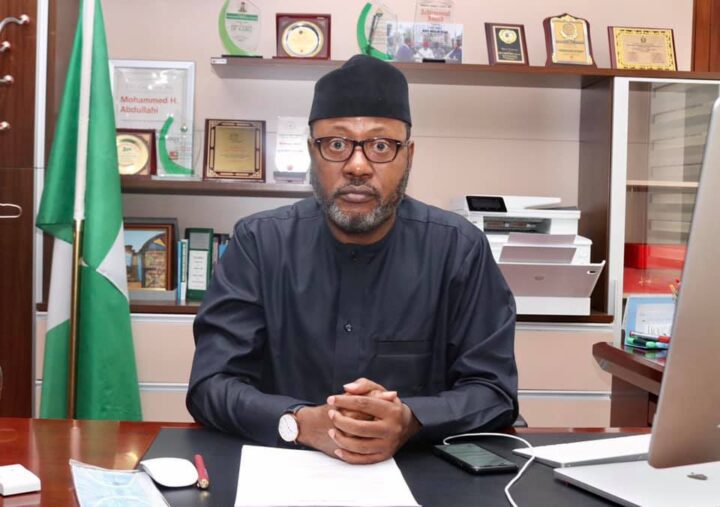On Monday, Mohammed Abdullahi, minister of state for science and technology, said 85 million Nigerians are on the verge of losing their jobs due to a lack of digital knowledge and skills.
Speaking at the launch of Generation Unlimited Nigeria (GUN), Abdullahi said his ministry is leveraging on existing structures at its disposal with a mission to incubate young people and get them ready for the labour market.
The GUN, an initiative of the United Nations Children’s Fund (UNICEF), is a global platform bringing together government, multi-sectorial institutions, the private sector and young people to support 20 million young Nigerians within 10 to 24 and 35 years to get jobs by 2030.
Nigeria’s population is currently mapped above 200 million, based on Worldometer elaboration of the latest United Nations (UN) data. The National Population Commission (NPC) also uses the UN data for reference on population statistics – as it houses outdated census figures of 2006.
From the population figure, the junior minister means that 42.5 percent of the overall population can lose their jobs due to the lack of digital skills. The implication of his statement also means that almost half of the population are in the labour force or active working population –- at 85 million.
WHAT THE UNEMPLOYMENT FIGURE SAYS
According to the National Bureau of Statistics (NBS), Nigeria’s unemployment rate hit a record high at 33.3 percent in 2020. The government agency had said 23.18 million persons in Nigeria either did nothing or worked for less than 20 hours a week.
Unemployment occurs when a person who is actively searching for employment is unable to find work.
In simpler terms, the unemployment rate is calculated as a percentage of the number of unemployed persons in the labour force.
HOW MANY PEOPLE ARE EMPLOYED?
Using the country’s current labour force statistics released by the NBS in March 2021, the overall labour force population stood at 69,675,468 (69.68 million) in Q4 2020.
The Labour force are people within ages 15 -64 who are able and willing to work, according to NBS, which employs the International Labour Organisation (ILO) standard.
Furthermore, the NBS said only 57.09 percent of the total economically active population are in the labour force. The statistical agency also estimated the number of persons in the economically active or working-age population (15 – 64 years of age) to be 122.05 million (122,049,400) as of 2020.
This means that only 69.7 million Nigerians were able and willing to work. Of this number, 23.2 million were unable to find a job, therefore, they are considered unemployed. This means 46.5 million (69.7 million minus 23.2 million) Nigerians are currently employed.
VERDICT: IF ‘ALL NIGERIANS’ LOSE THEIR JOBS
The minister’s claim of 85 million Nigerians in the employment market is inaccurate.
According to the NBS, 46.5 million Nigerians are employed. If all Nigerians who are employed lose their jobs, the minister’s claim will still be incorrect. Nigeria does not have up to 85 million employed persons.
Also, Nigeria’s statistical office says only 69.68 million people are currently available for employment in Nigeria – as against the minister’s claim.
It is also statistically wrong to put nearly half of the population into the labour force.





